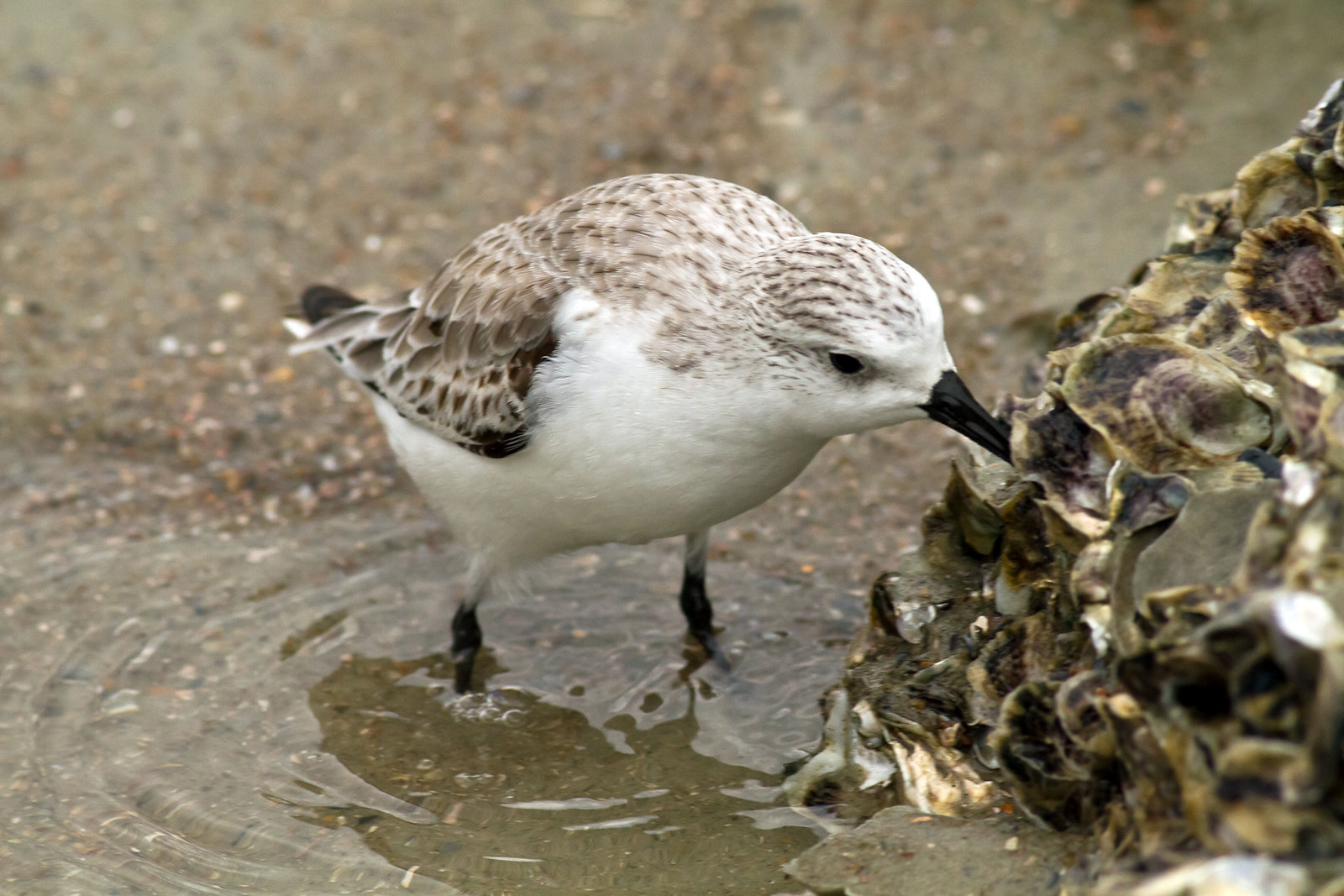Excerpt:
Oysters stabilize shorelines, trap carbon-rich sediment, and help marshes grow.
On a sunny day this fall, two Georgia Southern University grad students stood waist-deep in the North Newport River near St. Catherine’s Island on Georgia’s coast, while their professor and a team from the Georgia Department of Natural Resources used a winch to lower pallets full of oyster shells into the water.
The students guided the pallets into place on the muddy river bank. Those pallets, piled with shells, will provide a hard surface for baby oysters to latch onto.
“We are creating a foundation which wild oysters can populate and grow into a independent reef,” said Cameron Brinton, a marine biologist with DNR.
Oysters used to be abundant here: Georgia led the nation in oyster harvesting in the early 20th century, according to the University of Georgia. But by the 1930s, they’d been overharvested. A similar story has played out in other formerly thriving oyster grounds.
Scientists all along the Atlantic and Gulf coasts are trying to bring oyster populations back, and not just because they’re a popular food. Oysters are also important for healthy coastal ecosystems. And researchers are now studying how creating new oyster reefs could help fight climate change by sequestering carbon.
Oysters, Brinton explained, are a keystone species. That means they create habitat for other critters, from small shrimp and crabs to fish like red drum and spotted sea trout that are popular for fishing.
“The majority of commercially and recreationally important species of fish and shellfish will spend a portion of their life associated with oyster reefs,” Brinton said…









